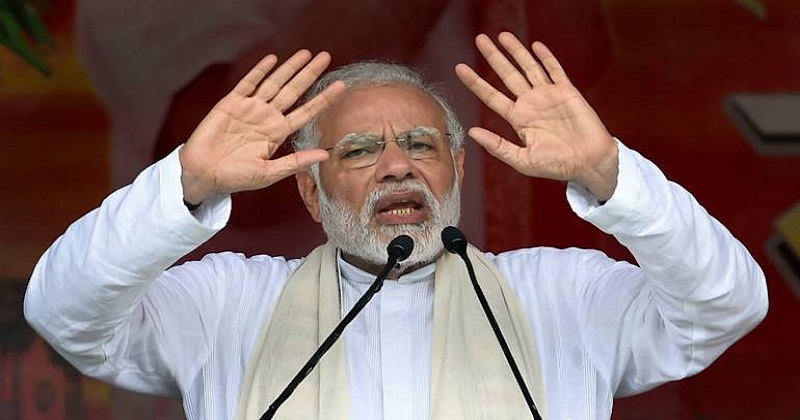
Narendra Modi and his government will have their majority put to test as they face a no-confidence motion. Today, the motion will be debated and voted on. This gives both the Opposition and the ruling party an opportunity to corner each other on several issues as they approach assembly polls in Madhya Pradesh, Chhattisgarh and Rajasthan and inch closer to the general elections in 2019.
Although the BJP seems comfortably placed in the assembly with 273 members, apart from those belonging to political allies (which brings the total NDA tally to 312), the Congress has expressed confidence that it will emerge victorious.
The BJP, on the other hand, believes that its win is a foregone conclusion and wants the motion wrapped up quickly. Nevertheless, the party has issued a three-line whip mandating all its Lok Sabha MPs to be present in the House on July 20.
This is the first no-confidence motion to be moved in the Lok Sabha over the last 15 years.
Also Read : India is fortunate to have leader like Narendra Modi, says former British PM
Here’s a look at three other developments of the kind that resulted in the dismissal of political regimes over the years.
VP Singh (1990)

Janata Dal politician VP Singh held the prime minister’s post from 1989 to 1990, his National Front coalition government propped up precariously by Left parties as well as the right-wing BJP in an effort to keep the Congress out of power. He managed to rule for just 11 months before the saffron party withdrew support over the Ram temple issue, causing the government to lose a no-confidence motion on November 10, 1990. Singh immediately handed over his resignation to President R Venkataraman.
The former prime minister lost the confidence motion by a vote of 142 to 346 in the Lok Sabha, with eight abstentions. His government needed 261 votes to survive.
Deve Gowda (1997)

The Janata Dal leader was propelled to prime ministership after the 1996 general elections, which dealt a decisive blow to the Congress but also left no other party with enough seats to form a government. That was when Gowda was chosen to lead the United Front coalition government with Congress support on June 1, 1996, making him the 11th prime minister of India. However, his fall came almost as abruptly 10 months later, when the Sitaram Kesri-led Congress withdrew its support. In a no-confidence motion taken up on April 11, 1997, Gowda’s 13-party coalition succeeded in bagging just 158 of the 545 seats in the Lok Sabha.
Atal Bihari Vajpayee (1999)

The BJP veteran faced two no-confidence motions through his tenures as prime minister, the first of which his government lost by a single vote on April 17, 1999, after the Jayalalithaa-led AIADMK withdrew support. A few other factors were responsible for his defeat, the most significant among them being the Bahujan Samaj Party’s surprise decision to vote against the government and the revolt of National Conference MP Saifuddin Soz. But Vajpayee was done yet. He spearheaded the BJP back to power a few months later, and when the Opposition brought up another no-confidence motion against his government in 2003, it won by an overwhelming majority of 312 to 186 votes.

Post Your Comments